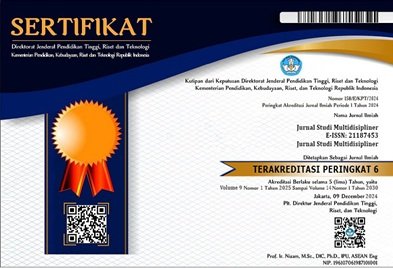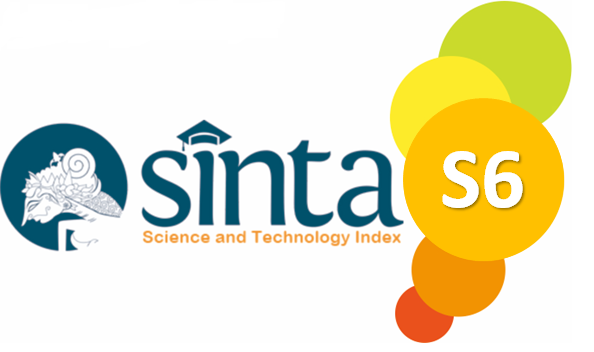ANALISIS POTENSI DAN PEMANFAATAN SUMBER DAYA AIR STUDI KASUS ALIRAN SUNGAI PERCUT, DESA BAGAN PERCUT, KECAMATAN PERCUT SEI TUAN
Kata Kunci:
Sungai, kebutuhan, air, potensi, sumberAbstrak
DAS Percut terletak di Kabupaten Deli Serdang, Sumatera Utara, sehingga hal ini menyebabkan kondisi di DAS Percut ini tidak jauh berbeda dengan kondisi aliran sungai yang berada di Provinsi Sumatera Utara. Berdasarkan hasil observasi langsung di lapagan diperoleh bahwa topografi DAS Percut umumnya cenderung dataran rendah dengan sedikit berbukit di hulu sungai. Penelitian ini bertujuan untuk mengetahui bagaimana potensi dan pemanfaatn dari sumber daya air yang terdapat di aliran sungai Percut. Metode penelitian yang digunakan dalam teknik analisis data kualitatif, dimana dari awal pengumpulan data pertama penelitian melakukan informasi dari narasumber, kemudian data-data yang diperlukan dikumpulkan secara mendalam (wawancara) dan observasi hingga penyusunan laporan. Berdasarkan hasil observasi lapangan yang dilakukan oleh peneliti pada lokasi penelitian, bahwa kajian dari potensi aliran sungai dapat dilihat dari beberapa faktor yaitu ketersediaan air yang meliputi debit air, ketersediaan air musiman dan sumber air. Faktor yang kedua adalah kondisi DAS yang meliputi topografi dan geologi, tutupan lahan dan aktivitas manusia, Ketiga adalah aspek sosial yang meliputi kebutuhan air, nilai ekonomi dan konflik potensial dan faktor yang keempat adalah menganalisis dampak
The Percut Watershed is located in Deli Serdang Regency, North Sumatra, so this means that conditions in the Percut Watershed are not much different from river flow conditions in North Sumatra Province. Based on direct observations in the field, it was found that the topography of the Percut watershed generally tends to be lowland with slightly hilly areas upstream of the river. This research aims to find out the potential and utilization of water resources in the Percut river flow. The research method used is qualitative data analysis techniques, where from the beginning of data collection the research first carries out information from sources, then the necessary data is collected in depth (interviews) and observation until the preparation of the report. Based on the results of field observations carried out by researchers at the research location, the study of river flow potential can be seen from several factors, namely water availability which includes water discharge, seasonal water availability and water sources. The second factor is the condition of the watershed which includes topography and geology, land cover and human activities. The third is the social aspect which includes water needs, economic value and potential conflicts and the fourth factor is analyzing the impact.





